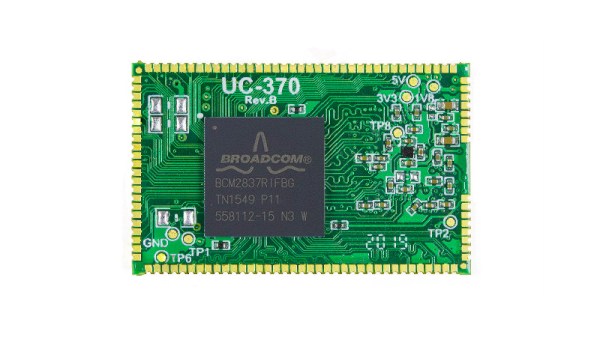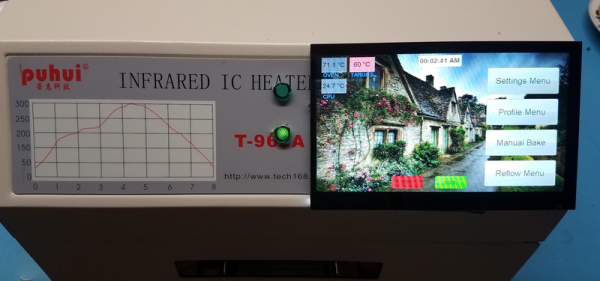There’s a story that goes back to the 1980s or so about an engineering professor who laid down a challenge to the students of his automation class: design a robot to perform the most mundane of household tasks — washing the dishes. The students divided up into groups, batted ideas around, and presented their designs. Every group came up with something impressive, all variations on a theme with cameras and sensors and articulated arms to move the plates around. The professor watched the presentations respectfully, and when they were done he got up and said, “Nice work. But didn’t any of you idiots realize you can buy a robot that does dishes for $300 from any Sears in the country?”
The story may be apocryphal, but it’s certainly plausible, and it’s definitely instructive. The cultural impression of robotics as a field has a lot of ballast on it, thanks to decades of training that leads us to believe that robots will always be at least partially anthropomorphic. At first it was science fiction giving us Robbie the Robot and C3PO; now that we’re living in the future, Boston Dynamics and the like are doing their best to give us an updated view of what robots must be.
But all this training to expect bots built in the image of humans or animals only covers a narrow range of use cases, and leaves behind the hundreds or thousands of other applications that could prove just as interesting. One use case that appears to be coming to market hearkens back to that professor’s dishwashing throwdown, and if manufacturers have their way, robotic dishwashers might well be a thing in the near future.
Continue reading “Robotic Dishwashers And Dishwashing As A Service”














